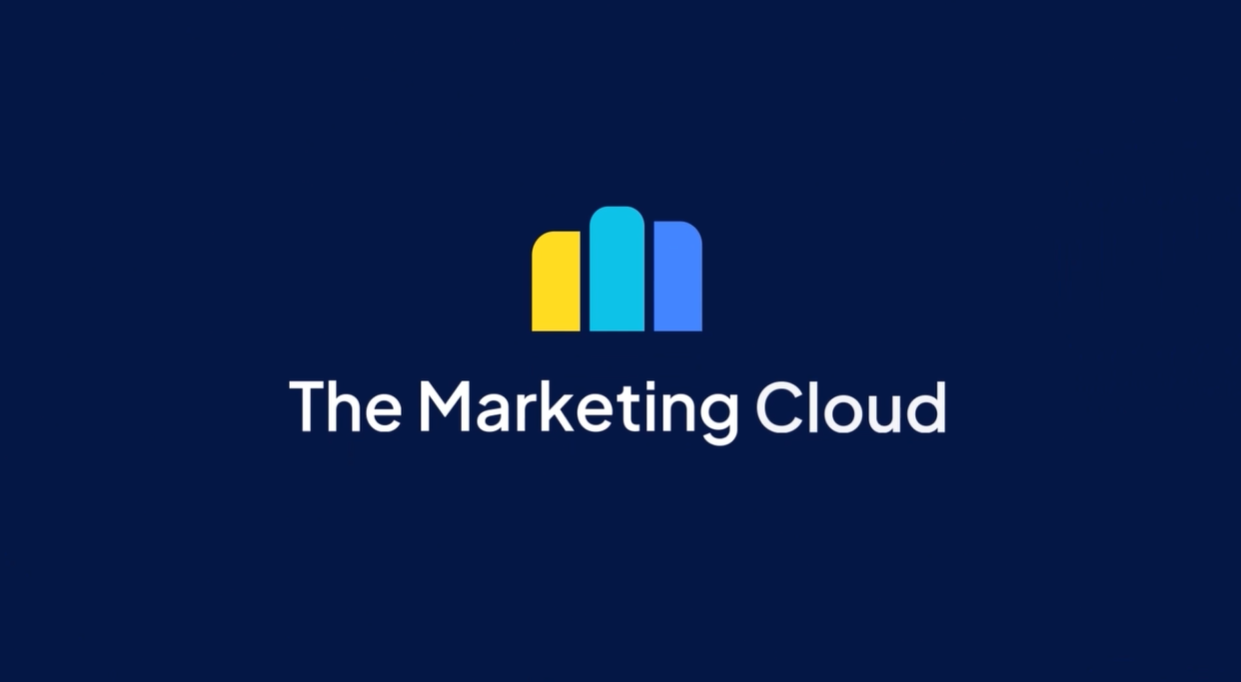Marketing Frontiers
3 Ways NFTs Can Create Consumer Value
By Will Johnson, CEO, Harris Poll
and Scott Weintraub, VP of Brand Growth, R&CPMK
CONTACT
hello@stagwellglobal.com
SIGN UP FOR OUR INSIGHTS BLASTS
Everyone is trying to figure out what to do about non-fungible tokens (NFTs). These modern tools, born out of the crypto boom, have been viewed as both a passing fad and a future tool for artistic compensation.
Recent research from The Harris Poll and R&CPMK found that about half of consumers familiar with NFTs (47%) are interested in brands offering them as a commercial product, providing new use cases for brand marketers to capitalize on the hyper-relevant digital tokens that occupy so much consumer mindshare. When leveraged correctly, NFTs offer several applications for driving increased revenue and awareness around brand products:
1. NFTs as an incentive for a larger purchase.
Big-ticket items such as festival tickets, cars or trips can make most consumers hit pause and consider purchases. Unlike impulse buys – such as food, beverage or CPG products – these larger ticket items often require repeated exposures to creative campaigns or an extra incentive to push consumers over the line on a purchase.
Our research indicates that NFTs could offer marketers another tool for pushing customers through the funnel, with 30% of Americans stating they would like to receive an NFT as a gift with a purchase.
Indeed, the possibility of attaching an NFT to a purchase teases several value creation possibilities for brand marketers. For live events or travel, an expiring NFT offer could provide a sense of urgency to the purchase as an added incentive to buy now. NFTs could also offer a a seal of authenticity. For example, luxury brands such as Gucci are experimenting with NFTs tied to the purchase of their products. The NFT in this case serves as a luxury indicator, marking the occasion of the purchase and proving the authenticity of the brand to others or third-party buyers.
Whether driving immediacy for an upcoming purchase or as an addendum to prove the authenticity of a luxury item, incentive-based NFTs provide marketers innovative ways to leverage this new technology. By tying a unique token to a physical product or experience, it marks that purchase as special. And the specialized, unique value of NFTs can boost sales, create differentiation and ultimately increase the perceived consumer value of a product.
2. NFTs as commemorative memorabilia to deepen consumer connections
Much like apparel, figurines or trinkets, an NFT represents a myriad of options for marketers looking to create unique, commemorative items for specific events. Instead of tying an NFT to a purchase, marketers can use NFTs as a subsequent item to deepen consumer connection within a marketable moment in time as a token of appreciation.
3. NFTs as additional revenue streams
Related
Articles
In the News, Press Releases
Jul 09, 2025
STAGWELL LAUNCHES STAGWELL MEDIA PLATFORM (SMP), A CENTRALIZED TEAM OF GLOBAL MEDIA, TECHNOLOGY AND DATA INVESTMENT EXPERTS

Artificial Intelligence, In the News, Marketing Frontiers, Press Releases, Stagwell Marketing Cloud, Tech
Jun 12, 2025
PRophet, a Stagwell (STGW) Company, Completes Integration of UNICEPTA, Launches Unified Brand and Enhanced Media Intelligence Offering

In the News, Marketing Frontiers, Press Releases, Stagwell Marketing Cloud, Tech
Jun 11, 2025
The Marketing Cloud Launches Cutting-Edge Platform to Simplify Marketing Workflows





